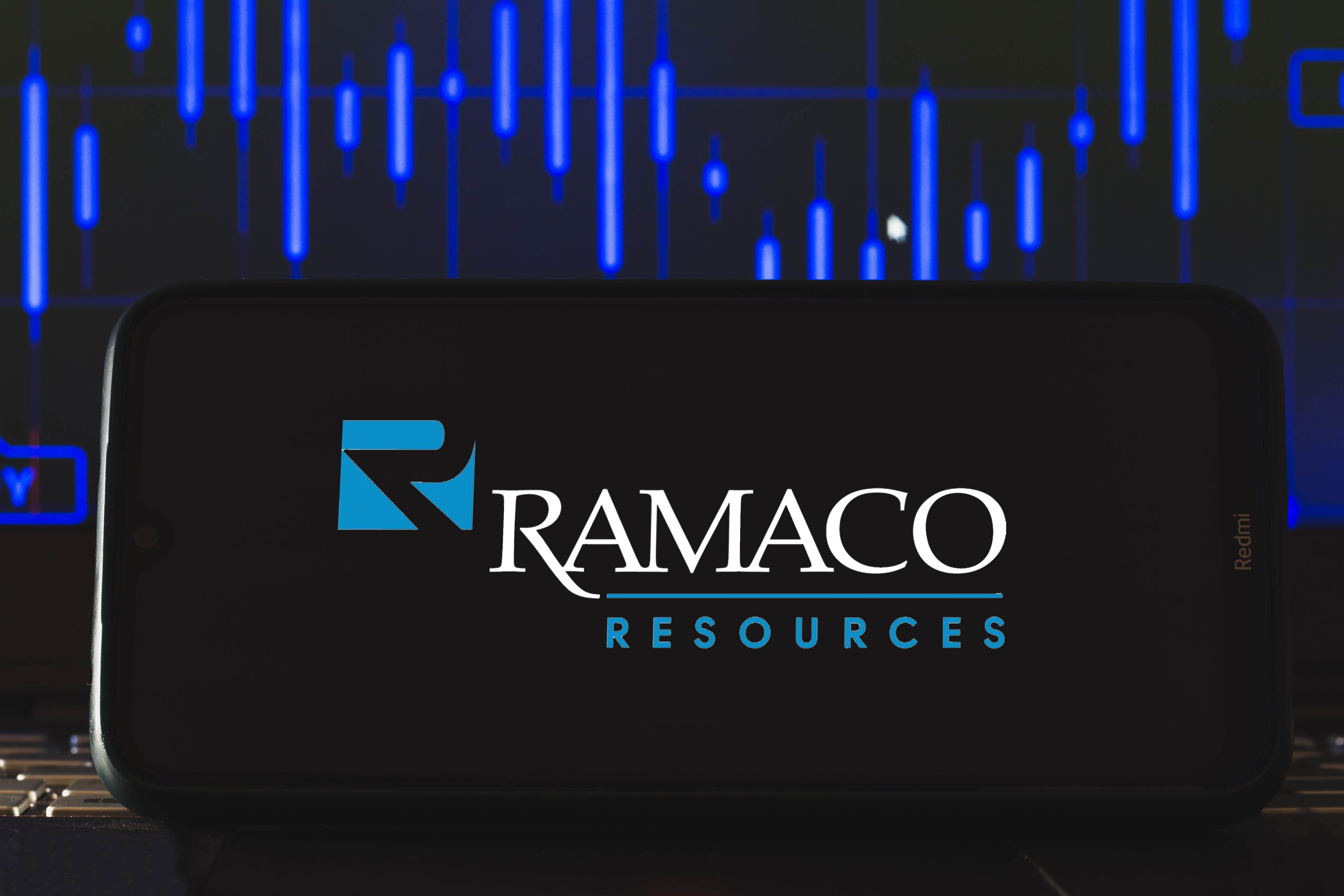Surprise discovery at Wyoming coal mine could be worth $37bn
Massive reserve of ‘rare earth elements’ found in Brook Mine
Your support helps us to tell the story
From reproductive rights to climate change to Big Tech, The Independent is on the ground when the story is developing. Whether it's investigating the financials of Elon Musk's pro-Trump PAC or producing our latest documentary, 'The A Word', which shines a light on the American women fighting for reproductive rights, we know how important it is to parse out the facts from the messaging.
At such a critical moment in US history, we need reporters on the ground. Your donation allows us to keep sending journalists to speak to both sides of the story.
The Independent is trusted by Americans across the entire political spectrum. And unlike many other quality news outlets, we choose not to lock Americans out of our reporting and analysis with paywalls. We believe quality journalism should be available to everyone, paid for by those who can afford it.
Your support makes all the difference.An ex-Wall Street banker who put $2m into a Wyoming coal mine has potentially received a colossal investment return after discovering “rare earth elements” worth $37bn at his reserve.
Randall Atkins, the chairman and CEO of coal producer Ramaco Resources, which mainly operates in Virginia and West Virginia, bought the unassuming Brook Mine in Wyoming 12 years ago.
Little did Mr Atkins know that waiting to be discovered for all those years were rare magnetic earth elements.
In May 2023, everything changed for the company when it discovered a huge reserve of rare earth minerals.
Mr Atkins is the son of Orin Atkins, the Ashland Oil tycoon who turned the regional oil company into a multinational conglomerate.
The business magnate found himself in the middle of the 1970s Watergate scandal and was fined for illegally supplying corporate money to President Richard Nixon’s reelection campaign and also pled guilty to fraud and conspiracy charges for telling associates to sell confidential Ashland documents to Iran.
The younger Mr Atkins learned from his father, whom he holds in deep admiration, and now avoids political matters within his company, according to the Wall Street Journal.
After 18 months of drilling and chemical analysis, the site is thought to be home to the largest unconventional reserve of ‘REEs’ in the United States, the company said in a news release in May.

“We view this as an exciting and perhaps transformative new direction for our company,” Mr Atkins said at the time.
Now, the company continues to drill deeper than it has ever before, down 700 feet into the mine to retrieve larger samples to analyse the elements in more detail, the Wall Street Journal reported.
Brook Mine’s jackpot, which includes neodymium, praseodymium, dysprosium and terbium, according to the company, should not be underestimated in its uses.
These elements can be used in a plethora of modern technology used by high-stakes business ventures.
This includes the production of electric vehicles, advanced military technology, offshore wind turbines, and medical devices, amongst other items.
“What we’re doing here is neat to younger people,” Mr Atkins told The Wall Street Journal. “It’s novel, cutting-edge science and tech. Rare-earth deposits open up completely different horizons for this community.”
The impact this mine has is not limited to the success of the Ramaco Resources and its markets, but it may have wider implications for the US.
The only other active mine of its kind is currently located near the Mojave Desert in California, the company said.
If the analysis of the elements is positive, this would be the first new rare-earths mine in the US since 1952, the Wall Street Journal reported.
Currently, the coal company was only permitted to mine on 4,500 acres of the 15,800 acres the site stretches across, but they said in the release they hope to expand their search.
The reigning superpower of rare earth elements is China, which is the leading producer of graphite, which is essential to nearly all electric vehicle batteries.
However, the country recently limited their exportation of two minerals, gallium and germanium, used in objects from missiles to computer chips, as a supposed retaliation to the US’ own export restrictions to China.
The demand for these elements will not slow down anytime soon as modern technology relies on these materials.
It is predicted that the undersupply of rare magnet elements will hit 60,000 tons by 2030, according to a report cited by Mining.com.
If Mr Atkins’ chemical testing is successful, he hopes to undertake a “mines to magnets” strategy, focusing on manufacturing the elements for green energy ventures, such as permanent magnets for electric vehicles and wind turbines, the Wall Street Journal said.
“I’ve kind of been the only one waving the flag for the third leg of the stool, which is to use coal for alternative purposes, and I think it has a great future in a more technologic use than what people have looked at before,” Mr Atkins told Mining.com.
Despite the possible strategies, the reserve could make Ramaco Resources very wealthy - the outlet said their current sales of metallurgical coal average at $184 per metric ton, whereas a rare earth material could be snagged at a humble $1m per metric ton.
The ongoing analysis will inform the company how to go about mining and extracting the rare materials in the most effective way.
The Independent has contacted Ramaco Resources for comment.
Join our commenting forum
Join thought-provoking conversations, follow other Independent readers and see their replies
Comments